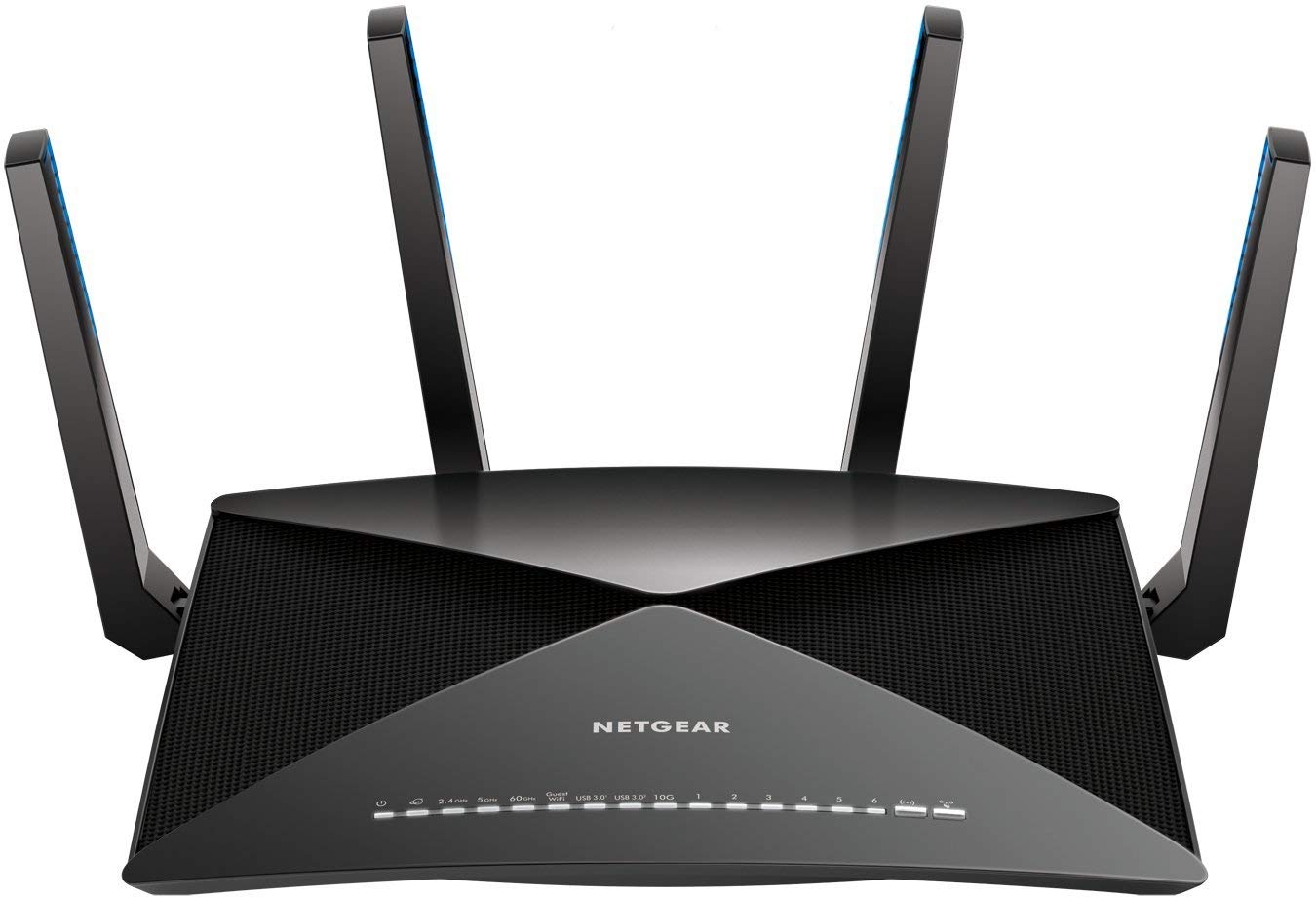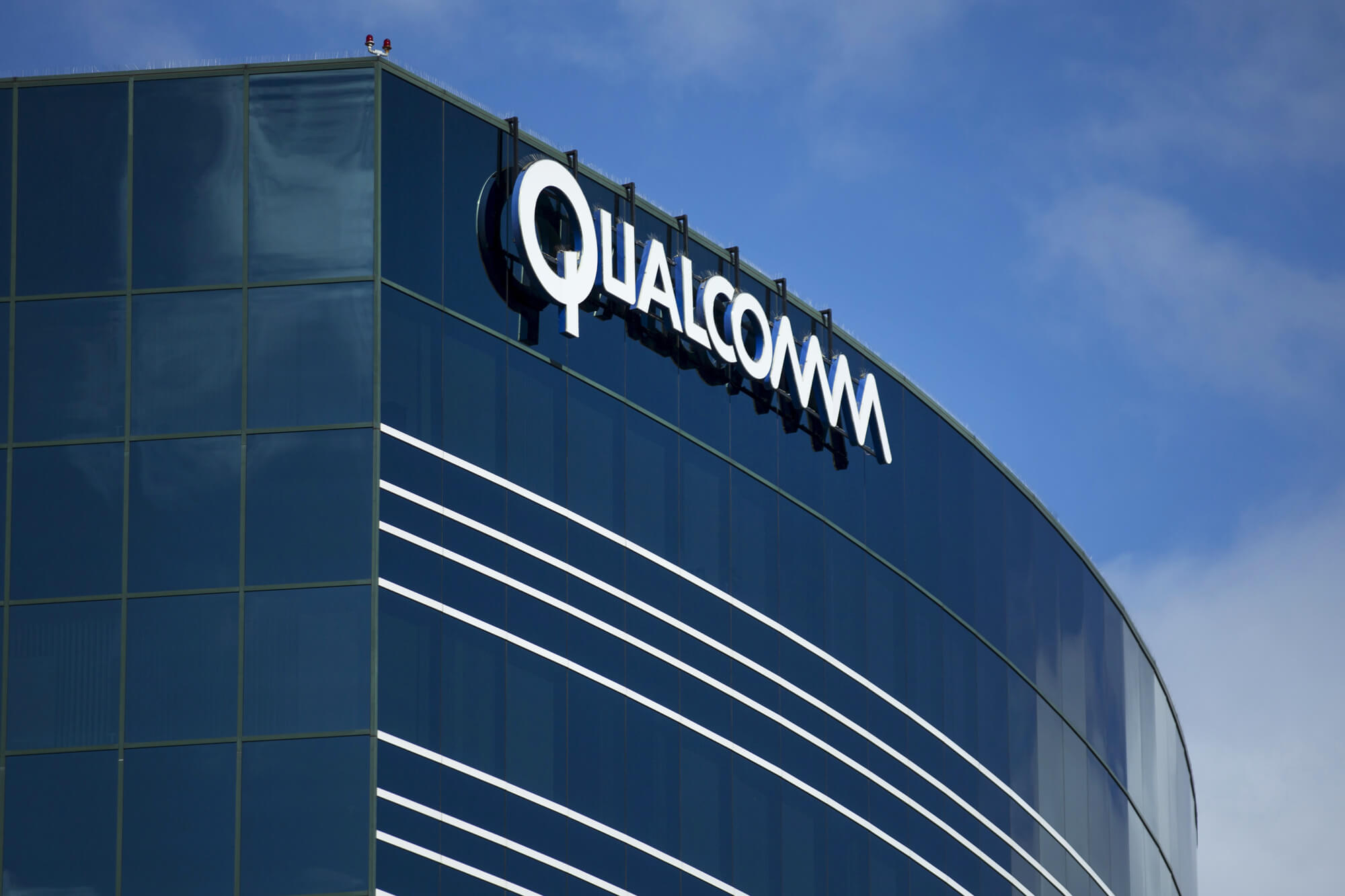Bottom line: Faster Wi-Fi is on the horizon but browsing the web is not going to feel a whole lot faster until ISPs offer faster connections. Switching over to 60GHz Wi-Fi offers numerous benefits while engineers work to overcome the range limitations of using high frequencies indoors.
Since Wi-Fi became an amenity in homes and coffee shops, a number of changes have been made to the standards. Most recently, the Wi-Fi Alliance renamed 802.11ax to Wi-Fi 6 which is intended to supersede 802.11ac (Wi-Fi 5). Security has also been improved with the introduction of WPA3.
Even with the newer enhancements, relying on 2.4GHz and 5GHz frequencies limits the available bandwidth. In order to remain competitive with speeds brought by 5G wireless, Qualcomm has announced a new family of 60GHz Wi-Fi chipsets that are capable of pushing well past 10Gbps with latency nearly identical to current wired connections.
Using 60GHz is not a new concept for Wi-Fi. The 802.11ad standard already calls for the same frequency and is capable of reaching up to 5Gbps within line of sight transmissions. However, this standard has not really caught on quickly and is still quite expensive to implement for regular consumers. Even finding an 802.11ad router is not very easy. Netgear's Nighthawk X10 was the only one easily found on Amazon.

Qualcomm has opted to work with 802.11ay. It offers more than four times the bandwidth of the prior standard and a longer transmission range. Channel bonding allows for up to 8.64GHz of bandwidth when four streams are combined. In theory, the maximum throughput for the standard is 176Gbps although no such hardware exists to even come close yet. Qualcomm is the first vendor to build for 802.11ay, so even 10Gbps is still a nice improvement.
One important thing to understand here is that 60GHz Wi-Fi may not ever be a full replacement to 2.4GHz and 5GHz solutions. Applications needing only short range wireless communication are the ideal target. Streaming to VR headsets and creating high speed wireless links between fixed infrastructure are two ideas that come to mind.
Of course, it is certainly still possible to use 60GHz Wi-Fi for regular home use, but the shorter range makes it less convenient to setup numerous access points.
